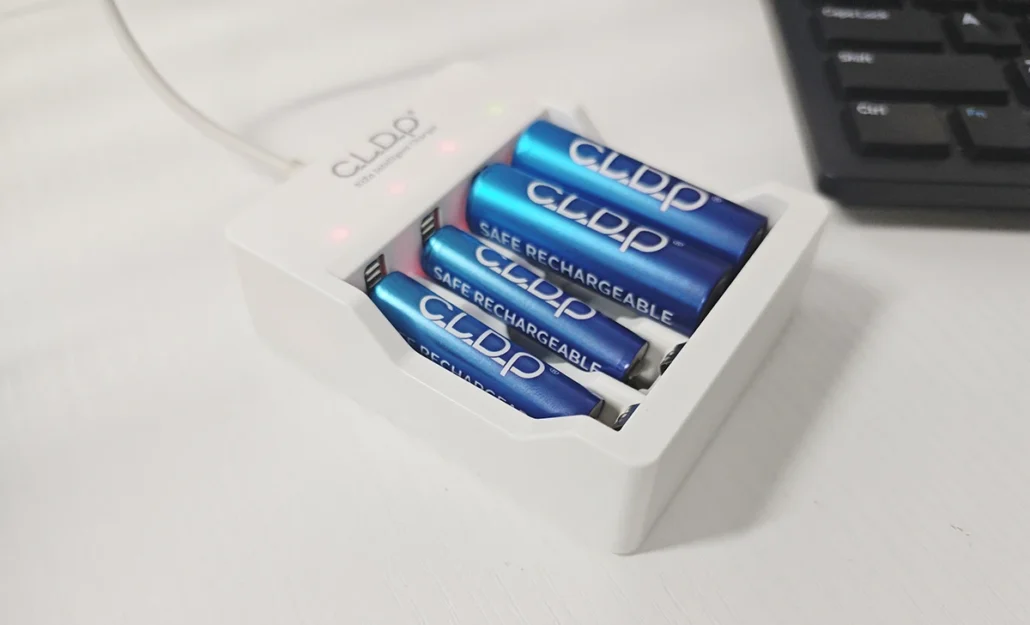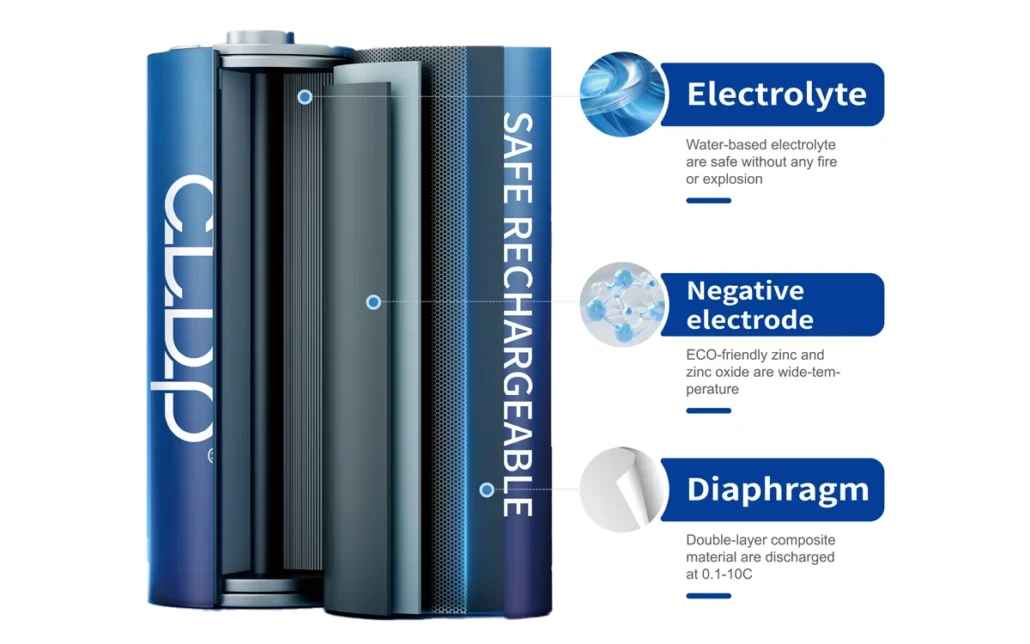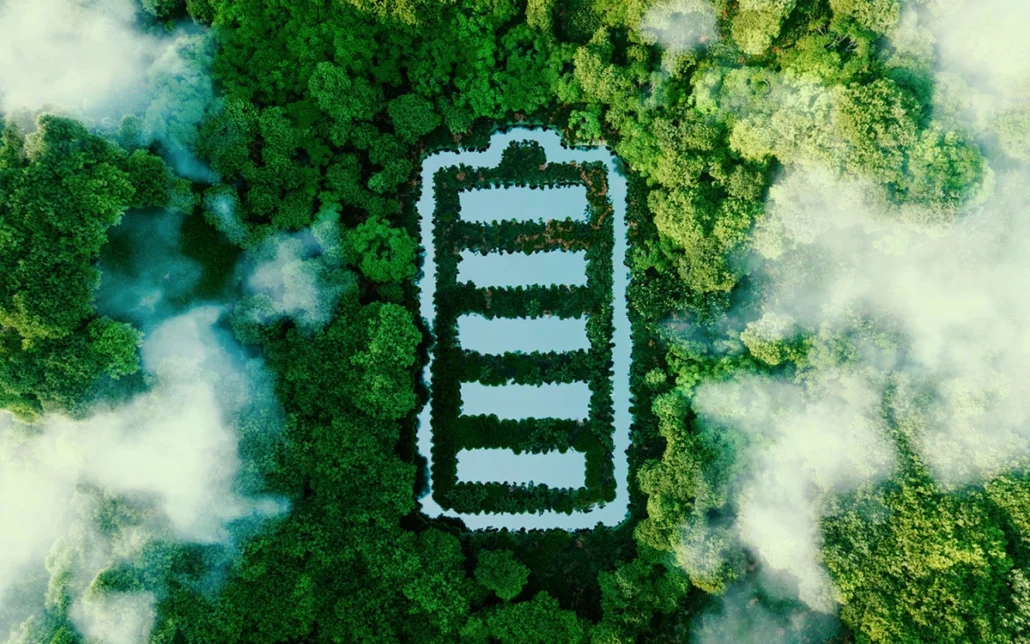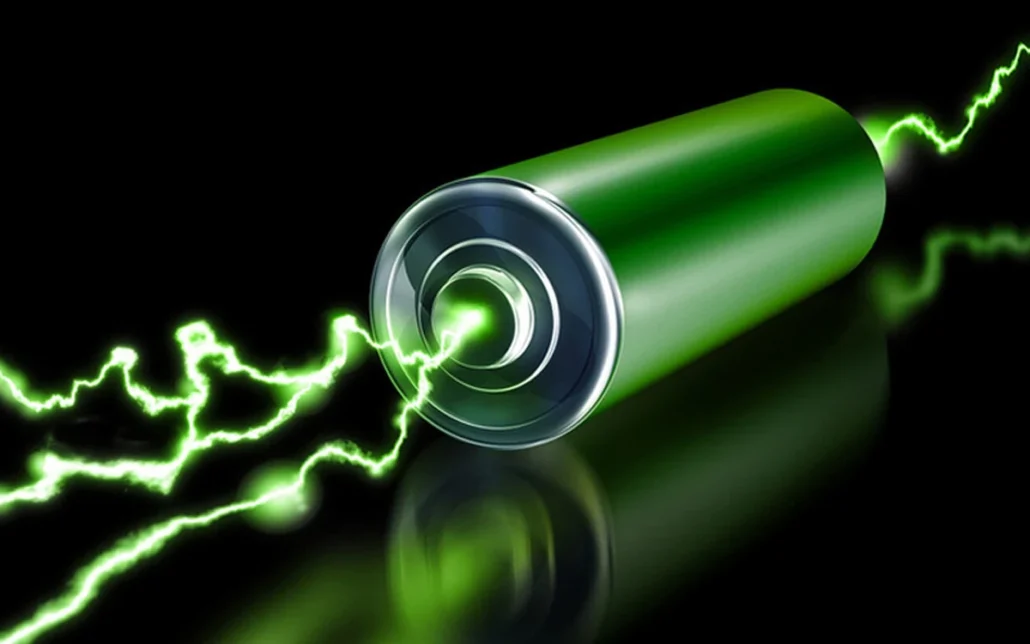The commonly used rechargeable batteries in the current market are zinc nickel rechargeable batteries and nickel metal hydrogen rechargeable batteries, which are both excellent in terms of safety and environmental protection. After the two types of batteries are discharged, they can both be charged using a charger, but the chargers for the two types of batteries cannot be mixed. So, what is the difference between these two chargers?
The difference between zinc nickel chargers and Ni-MH chargers mainly lies in battery characteristic adaptation, charging parameter design, and safety requirements.
Different voltage characteristics of adapted batteries
Zinc nickel battery: The nominal voltage is 1.6V, close to 1.5V of disposable alkaline batteries, and can directly replace traditional dry batteries without additional voltage reduction. Therefore, zinc nickel chargers need to support higher charging termination voltages.
NiMH battery: The nominal voltage is 1.2V, and the charging termination voltage is about 1.5V. If a nickel hydrogen charger is used to charge a zinc nickel battery, it may not be fully charged due to insufficient voltage; Otherwise, overcharging may damage the battery.

Differences in Charging Termination Mechanisms
Nickel hydrogen charger: Usually uses temperature compensation or voltage detection to terminate charging to prevent overcharging. Some low-end chargers may only rely on simple timers or constant current charging, which poses a safety hazard.
Zinc nickel charger: Due to the stable voltage platform and strong overcharge resistance of zinc nickel batteries, charging termination may rely more on voltage threshold or time control.
Different safety design requirements
Zinc nickel battery: using water-based electrolyte, non flammable and non explosive under puncture, extrusion or high temperature, with extremely high safety. Therefore, zinc nickel chargers have lower requirements for protection circuits against short circuits and overcharging, which can simplify the design.
Nickel hydrogen batteries: The electrolyte is an alkaline solution, and overcharging may cause an increase in internal pressure. A pressure relief valve or temperature sensor should be equipped to prevent the risk of explosion.
Charging efficiency
At present, there is not much difference in charging rate between zinc nickel chargers and nickel hydrogen chargers on the market, but zinc nickel batteries have more design potential for fast charging.
Compatibility and Market Popularity
Nickel hydrogen charger: widely compatible with various devices, but low voltage may result in insufficient power for some high-power devices. High market penetration and low prices.
Zinc nickel charger: Currently, due to low battery awareness and high initial costs, it has better environmental friendliness and safety.
Summarize
The core difference between zinc nickel chargers and nickel metal hydrogen chargers lies in the chemical characteristics of the battery. Zinc nickel chargers need to adapt to higher voltages, simplify safety design, and support high current charging; NiMH chargers need to balance voltage compensation and overcharge protection. Users should choose a dedicated charger based on the battery type to avoid performance loss or safety hazards caused by mixing.




